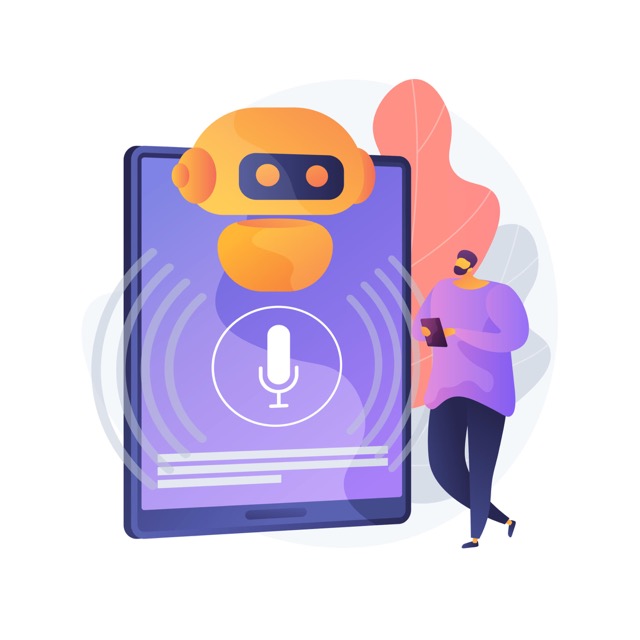Founded in Denmark. We respect your privacy.
Join a worldwide community of language learners
Exploring AI’s Impact on Hindi Language Acquisition
Last updated on
Learning Hindi, a complex language with a rich structure of grammar and pronunciation, can be significantly enhanced with AI-powered tools. Traditional methods rely on rote memorization and formal instruction, but AI introduces an adaptive, interactive approach to language acquisition.
1. Phonetic Challenges and AI Assistance
One of the biggest hurdles in learning Hindi is mastering its pronunciation, especially aspirated and retroflex sounds that are uncommon in many languages. AI can be highly effective in addressing these challenges through speech recognition and real-time feedback. AI-driven language platforms can analyze a learner’s pronunciation, highlighting subtle mistakes that may go unnoticed by traditional methods. Moreover, AI can adapt its feedback to each individual’s phonetic challenges, ensuring continuous improvement in pronunciation.
2. Devanagari Script and AI Integration
Learning to read and write the Devanagari script is another unique challenge of Hindi. AI can facilitate this by offering visual recognition tools, enabling learners to associate sounds with letters through interactive exercises. AI platforms can provide immediate correction, helping learners avoid common pitfalls in script learning, such as confusing similar-looking characters or omitting vowel markers.
3. Grammar Structure and Adaptive Learning
Hindi’s grammatical structure, particularly its use of gendered nouns and postpositions, can be difficult for non-native speakers. AI tools, through machine learning, can adapt to the user’s progress and difficulties, personalizing lessons based on common grammatical errors. For example, if a learner consistently struggles with verb conjugation or noun cases, AI algorithms can identify this pattern and adjust future lessons accordingly, offering more targeted practice.
4. Conversational Hindi with AI Simulations
An often overlooked aspect of language learning is gaining the confidence to engage in conversations. AI-powered platforms, like Talkio, can simulate real-life dialogues in Hindi, offering learners the opportunity to practice conversations in a safe, controlled environment. These AI tools can also adjust the level of formality and dialect based on the learner’s needs, a feature especially useful for Hindi learners, given the wide range of registers and regional variations within the language.
5. Why AI is Ideal for Hindi Learning
The key benefit of using AI in Hindi learning is its ability to provide instant, personalized feedback on speaking, listening, reading, and writing. This instant correction and feedback loop accelerates learning, allowing learners to progress more efficiently than traditional classroom settings, where feedback is often delayed. Additionally, AI systems allow for scalable and repeated practice, crucial for mastering a language as complex as Hindi.
Conclusion
AI-driven platforms are changing how learners approach Hindi language acquisition by offering personalized, adaptive learning experiences. These platforms make difficult aspects such as pronunciation, script learning, and grammar easier to master through real-time, targeted feedback. As AI continues to evolve, its ability to adapt to individual learner needs will likely make it one of the most effective tools for mastering Hindi.
Talk Your Way
to Fluency

Talkio is the ultimate language training app that uses AI technology to help you improve your oral language skills!
Try Talkio


